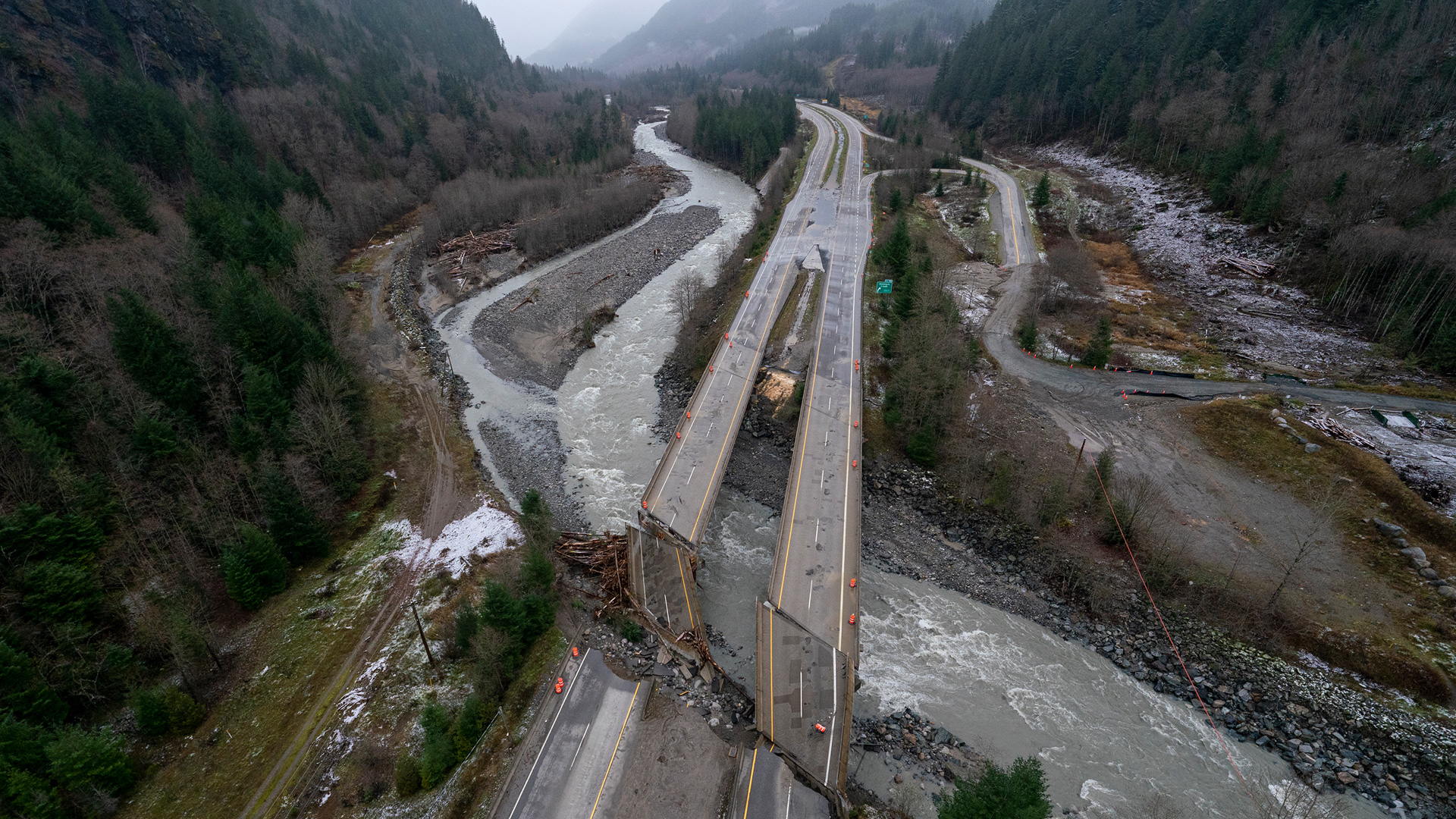
Adaptation was a dirty word for a long time among some activists fighting climate change. Too often, opponents of decisive action argued we should adapt to the shifting climate rather than taking the difficult steps to cut greenhouse gas emissions.
Former U.S. vice president Al Gore was perhaps the most famous early critic of adaptation – the steps societies might take to reduce the impact of climate change. He derided the idea as the lazy and arrogant alternative to action on greenhouse gases in his landmark 1992 book on climate change.
In reality, adapting to climate change may be nearly as difficult as trying to cut greenhouse gases. The two should go hand-in-hand. Much like the slow movement of global leaders to arrest and reduce greenhouse gas emissions, it may be too late to do much of the difficult and expensive mitigation work that would reduce the impact of climate-related disasters.
The frequency and cost of those disasters are already growing rapidly. Insured disaster losses in Canada more than quadrupled to $1.9 billion per year in the 10-year period ending in 2018, compared with the previous 10-year period. Annual average federal payouts hit $427 million in the 10-year period ending in 2015, up from $303 million in the previous 10-year period and $56 million before 1994.
Canada can meet climate goals by building better infrastructure
Cost-benefit analysis is the wrong tool for tackling climate change
The idea of adaptation is not new, nor an invention of the climate change inactivists criticized by Gore. Emergency and disaster management planners have toiled in relative obscurity for decades, arguing for advance work to mitigate harm from floods, fires, landslides, snowstorms and ice storms. The Trudeau government has promised billions of dollars for climate adaptation. Will most of those dollars go to shiny new ideas and technological applications, or to the tedious work of cataloging and mapping risk, as well as mitigating and preventing natural disasters, using tools already in hand?
Mitigation has long been a key theoretical component of the planning cycle in disaster management. After years of pushing for mitigation and prevention – and having their pleas ignored by political leaders with other priorities – those disaster planners should now have their moment.
In the four-part disaster management cycle, the response phase gets the love from most politicians, citizens and the media. Understandably, people rally for the firefighters, medical personnel, soldiers, search and rescue operators, police and other first responders who save lives.
The recovery phase often gets a large share of the money as governments write cheques to restore order, rebuild communities and cut ribbons afterward.
Preparedness also gets some attention, but often only in hindsight. In the aftermath of disaster, journalists are adept at picking apart what went wrong and finding the flaws in preparedness that could prevent repeat disasters. There is seldom follow-through.
Mitigation and prevention is a long, slow and costly process that gets little praise, even if the return on investment is substantial – from $2 to $10 saved for every $1 spent. It requires foresight and setting priorities. Canada has a major backlog in necessary repairs in all manner of infrastructure. The Financial Accountability Office of Ontario released a report in December pegging the cost of upgrading infrastructure to resist climate change at anywhere upward of $35 billion. Many of those works would also adapt for (or mitigate and prevent) climate-related disasters.
The recent flooding in British Columbia provides fresh examples of the challenges ahead. The province’s Coquihalla Highway, built in the 1980s and 1990s – relatively new by Canadian infrastructure standards – was washed away in 20 places and will require months to repair. How many other Canadian highways are vulnerable to such catastrophic damage?
Floods are a particular pan-Canadian problem. The past 10 years have seen the disaster currently unfolding in British Columbia; the twin 2017 and 2019 Eastern Canada floods; major disasters in Alberta; and floods costing millions of dollars in just about every province.
Writing in Policy Options, Daniel Henstra and Jason Thistlethwaite of the University of Waterloo examine the gaps in Canadian flood management policy that expose thousands of Canadians to risk. They show how hundreds of thousands of Canadians are unaware of the flood peril they face. Governments need to tell them and formalize how risk is assessed, managed and shared.
During the 2019 floods in Quebec, the partial failure of a Hydro-Québec dam at Bells Falls in western Quebec forced the evacuation of about 250 people downriver. Quebec has about 5,900 dams and a 2015 provincial auditor’s report warned that Quebec’s Environment Ministry was incapable of inspecting and monitoring those dams. About 20 per cent of the dam operators had failed to deliver maintenance and emergency plans as required by law.
Quebec at least has an inventory of dams and information about them along with clear lines of responsibility for who is in charge. Canada has 14,000 dams, and the usual national patchwork of information about them.
Similarly, a dike breach in 2019 in Sainte-Marthe-sur-le-Lac near Montreal provoked a frantic emergency evacuation of much of the town and exposed jurisdictional issues for supervising and maintaining such vital protective public works.
The first step in preparing for disaster is to identify risk. Canada should fund an exhaustive hazard-mapping effort to help provinces identify areas of vulnerability in advance. The country has started working again on historic flood mapping after years of neglect. Manitoba got a jump on it in 2017. Calgary has made substantial progress. Quebec is working on it. Similar efforts should be applied to all other hazards, not just flooding.
Provinces need to start enforcing best zoning and land-use practices and improving building codes. High River in Alberta has been a standout community where firm political leadership led to permanently abandoning flood-ravaged neighbourhoods. The city’s mayor, Craig Snodgrass, succinctly described the political courage required to stand up to developers who push relentlessly to develop riverfront property.
Quebec took some steps in the direction of preventing homeowners from rebuilding in flood-prone areas with a new 2019 policy. However, the plan provides uneven incentives that will create neighbourhood patchworks with many residents still vulnerable to flood.
Ontario’s conservation authorities were created in 1940s to counter poor land-use regulation and were reinforced after deadly flooding caused by Hurricane Hazel in 1954. The authorities map flood-prone areas and restrict development on them. Instead of beefing them up as the province confronts climate change, Doug Ford’s government has cut their funding.
Spending on infrastructure should target our most vulnerable and vital installations. Canadian municipalities estimate they will need $5 billion per year for 50 years just to adapt their own buildings and public works. This does not include billions of dollars for provincial and federal infrastructure along with private property.
Right now, ad-hoc recovery efforts and political expediency guide this spending, often in the wake of catastrophe rather than beforehand. It’s past time to get serious about mitigation and prevention and to start adapting to the situation at hand.
Do you have expertise in climate change adaptation and disaster mitigation? Policy Options has published extensively on climate change over the years. In the coming months, we will seek policy solutions that specifically address mitigation and prevention of the crises climate change will impose on thousands of Canadians. If you are interested in contributing, get in touch. Our submission guidelines and contact information are here.











